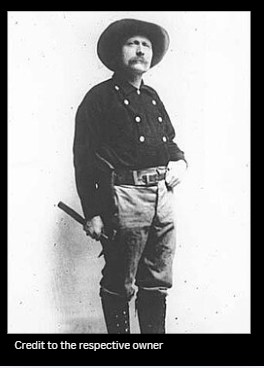Born in California, George Carmack led a restless life before stumbling into legend. In 1882, while serving as a seaman aboard the USS Wachusetts, he abandoned ship in Juneau, Alaska, chasing the dream of gold. By 1887, he had crossed the brutal Chilkoot Pass, befriended the Tagish people, and married Kate, a relative of a local chief. For years, he scraped by as a prospector until one August day in 1896, when a discovery on Rabbit Creek changed everything. Gold—rich, glittering, undeniable—poured from the stream, sparking the Klondike Gold Rush.
The find turned Carmack into a wealthy man almost overnight. Thousands rushed north chasing his strike, and the wilderness became the center of one of history’s most frenzied gold rushes. While others battled starvation and the elements, Carmack used his claim to build a life of comfort. He first settled on a ranch near Hollister, California, then later moved to booming Seattle in 1900. Unlike the countless dreamers who perished in the snow, Carmack found his fortune and carried it south.
Yet Carmack’s legacy isn’t measured solely in gold dust—it’s in the wave of hope he unleashed. The Klondike was never the same, nor were the people who clawed their way over frozen passes chasing his strike. He lived quietly until his death in 1922, a man who had sparked the fire that drew thousands into the Yukon. Some call him lucky, others call him opportunistic, but one truth remains: George Carmack’s single discovery turned wilderness into legend.
